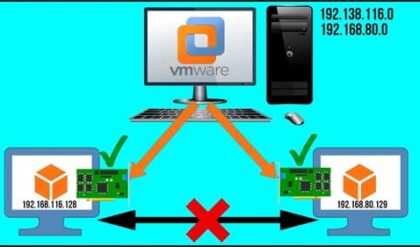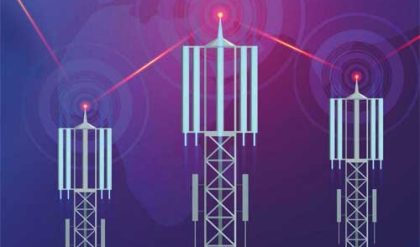I’m sure you have noticed that there is more than one type of wireless technology to choose from when buying something like a wireless router or wireless adapter for your computer. For example there is wireless b, g and n with n being the newest standard and also being backwards compatible with other older standards.
MIMO (Multiple Input Multiple Output, pronounced my-mo) is a wireless technology designed to boost wireless bandwidth and range by taking advantage of multiplexing. MIMO uses algorithms in a radio chipset to send information out over two or more antennas. The radio signals then reflect off various objects in the environment to create multiple paths used to carry more information. This information is then recombined on the receiving side by the MIMO algorithms. Current 802.11g technologies use single transmitting and dual receiving antennas, MIMO utilizes multiple transmitting antennas. MIMO uses the additional pathways provided by the multiple antennas to transmit more information and then recombines the signal on the receiving end.
MIMO provides improvements in wireless LAN (WLAN) throughput, range and reliability that will broaden the usefulness of wireless for applications and allow for more throughput intensive applications to run over wireless. Airgo’s MIMO chip set implementation transmits two distinct datastreams simultaneously at 54Mbps totaling 108Mbps (Airgo is a MIMO chip manufacturer).
Eventually there should be an IEEE 802.11n standard for MIMO which promises to push wireless network data rates well above the 100Mbps mark which will hopefully fill those wireless dead spots most people experience around their home and office wireless network.
Of course a new technology requires new (more expensive) hardware. Unfortunately different manufactures products may not necessarily work together with each other. Both wireless adapters and access points may have to be the same brand. Also, the best results are obtained with a true MIMO implementation on both ends of the connection. "True MIMO" requires multiple antennas and radios on both the transmitting and receive sides of the link. Expect MIMO hardware to be more expensive at least in the beginning of its rise (or fall) to glory.






